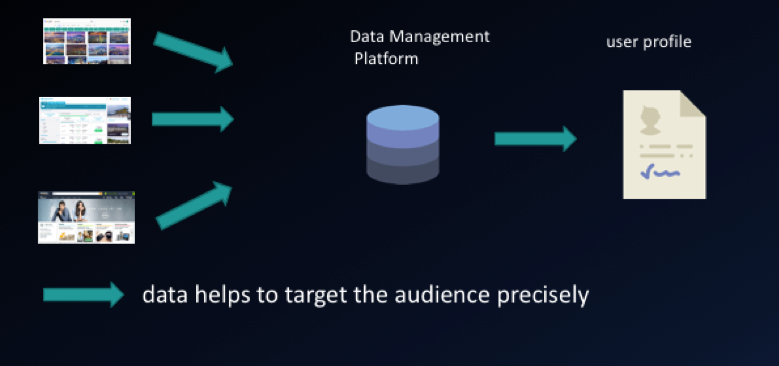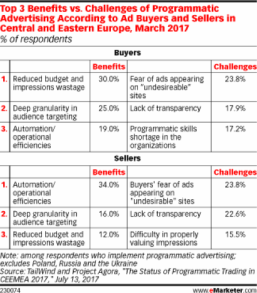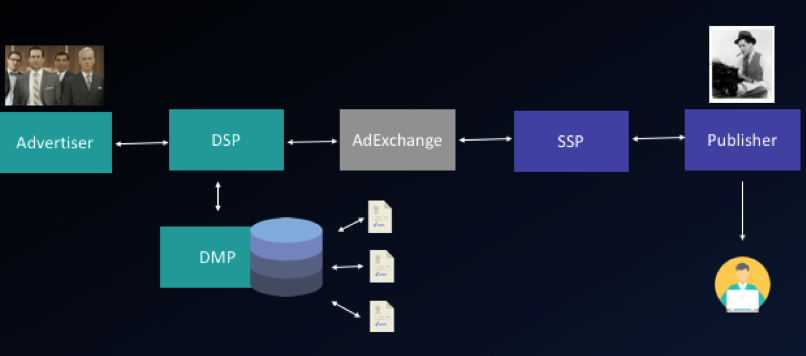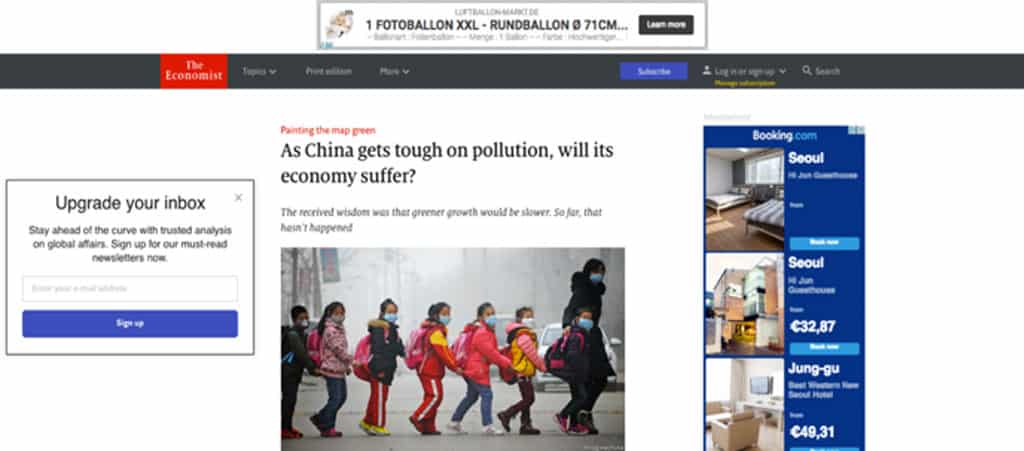What exactly is programmatic advertising and how can marketers use it for their brands?
One of the buzzword in online marketing nowadays is programmatic advertising. But what exactly is programmatic advertising and how can marketers use it for their brands?
Programmatic advertising affects our daily life more than we think. Apparently, we are in contact with it every time while surfing through the internet. For example, last week I wanted to read an article and before I could start reading my attention got caught by the ads on the side of the article:
One ad was from booking.com and showed some hotel recommendation in Seoul. I had just looked for hotels in Seoul a couple of days before that without booking something.
The technique that is behind that is called programmatic advertising which describes the automated serving of digital ads in real time based on individual ad impressions opportunities. The automated system is able to decide which ad is relevant for which each user in real time. The aim is to bring the right ad to the right user at the right time.
How does this work? How do they know that I’m interested in Seoul hotels at the moment? The core element for that is data tracking:

While users surf through different websites all of their behavior is tracked. Cookies and called pixel (a code file that tags a user and records every step) collect data about the different users and their surfing behavior’s. All the collected data is amalgamated, analyzed and stored in a data warehouse. In programmatic advertising they are called data management platforms (DMP). They are several DMPs out there and each of them has their own cookies and pixel. What does a DMP do?
The DMP is able to evaluate the data and creates anonymous profiles for each user which contains information such as gender, age, interests, religion etc. Anonymous means that each user is marked with a number and not his real name in order to protect the users’ privacy. The more contact a DMP has with a user the more detailed is the profile. The DMP is also able to sort the different profiles and to categorize them. This allows to create different audiences with specific characteristics. They can for example build audience groups such as: male users, between 30 -50 and the interest are sports and cars or young families, looking for a new furniture. Through all the data that the cookies are collecting the systems are able to describe the users very precisely.
This narrowed target groups can be useful for brands because they can deliver their ads to people that are interested which helps to reduce spreading loss. Programmatic advertising is especially good for performance advertising purpose which means precisely sales campaigns as booking.com did: I wanted to book a hotel for Seoul but in the end, I didn’t book it. Therefore, it makes sense for booking.com to show me the ad of the Seoul hotels rather than a random person who has no interest in that. The possibility that I will convert at the end is really high and so it’s more profitable for booking.com to spend money for showing me the ad than to a random user. Reducing media budget and impression wastage is one of the main advantages for programmatic.

After the explanation what kind of data is collected and how useful the data can be, I would like to give you a short idea about the process that is happening in real time:

In the web there are basically two main side: The advertiser on the one side and the publisher on the other side. The advertiser wants to advert his products and the publisher owns different websites where the ads could be shown to the user. To say it easier: The advertiser wants to buy media space the publisher sells media inventory.
The two mentioned components have to communicate in order to close a deal. This trading system is automated and works in real time. Both sides have computer-based platforms that automate media buying across multiple sources. The Demand Sell Side Platform (DSP) is the platform for the advertisers. The marketers record the campaigns in the DSPs therefore the system knows about the campaign details and it will look for suitable media spaces. The Sell Side Platform is the platform for publishers which offer media spaces. At the AdExchange, which is kind of a virtual marketspace, DSP and SSP communicate and close deals. The SSP is offering media space while analysing the current user that is on the website. The DSP can decide if a user is relevant for a specific ad and can bid money for the media space. There are a lot of different DSPs which are bidding against each other and usually the second highest bidder gets the spot. This process is called Real Time Bidding (RTB). The DSP knows via the DMP which target group is relevant and can bid if the ad fits to this.
All in all programmatic advertising is a really complex and complicated process that is happening each time a user is opening a new website that contains advertising. As you can see programmatic advertising has been getting really popular in the last couple of years and due to new invention and innovation it will even get bigger in the next years.
Although programmatic is become bigger and bigger, we should ask ourselves about the consequences. Every step in the internet is analysed and evaluated just to show users the right ad. I think most of the people don’t know that every step in the internet is analysed and that the data is used for marketing reasons. For me it is important to create a higher awareness about that this topic to make people think twice before sharing all their information in the world wide web.
Moreover, there a lot of issues such as AdFraud, AdBlocker, data privacy regulation which will influence the development of programmatic advertising. Let’s see how we will talk about Programmatic Advertising in five years.

